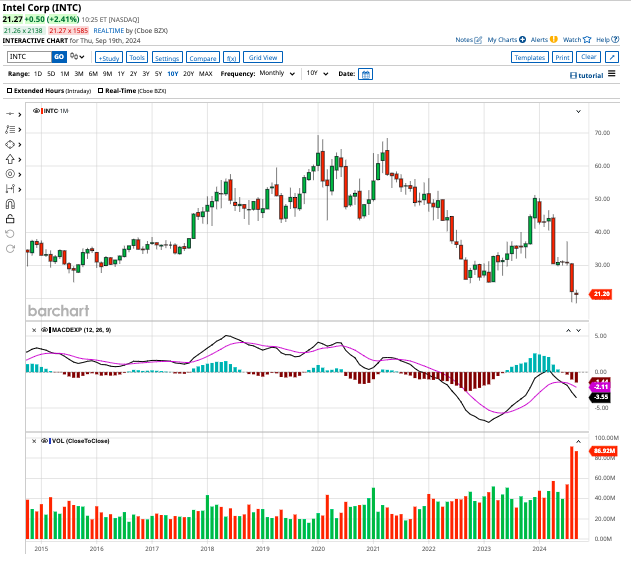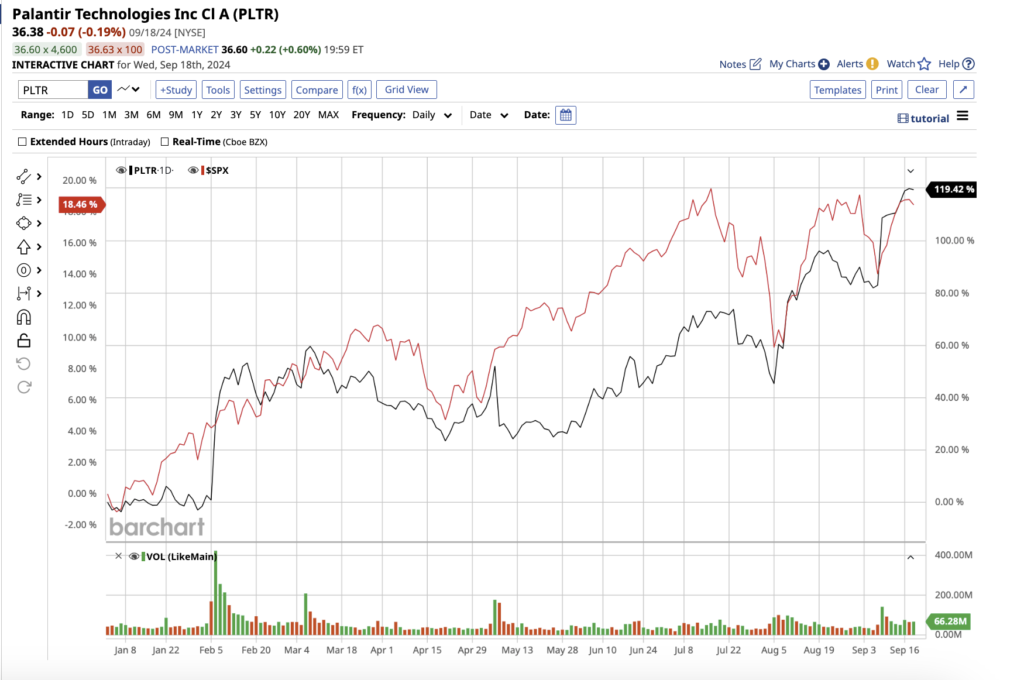Technology-related stocks have been the primary force driving the markets in the first three weeks of 2024. After a slight slump in the first week, these stocks rebounded, with the Information Technology sector particularly standing out by rising a remarkable +4.13% last week when the S&P 500 rose +1.17%. Only the Communications sector, up +1.38%, outperformed such a substantial increase. Conversely, the equal-weight S&P 500, with equal weightage for its 503 components, closed slightly lower for the week.
Although the average S&P 500 stock has experienced a decline so far this year, the index continues to be supported by its largest components. The top-performing “Magnificent 7” stocks are up 4%, while the Median Mag 7 stock has seen a 6% increase. Essentially, the cap-weighted S&P 500 has been propelled higher by the top stocks and sectors.
Sector Rankings
At Canterbury, our proprietary research method appraises liquid securities (stocks and ETFs) by applying rating and ranking, gauged by Volatility-Weighted-Relative-Strength. This approach factors in a sector’s performance relative to its observed volatility or rate of fluctuation. Examining the 11 sector ETFs, we find that only three sectors boast a higher risk-adjusted ranking than the S&P 500. Collectively, these three sectors account for over half of the S&P 500’s market capitalization, playing a significant role in elevating the index during 2024, while other sectors trail behind on a risk-adjusted basis.

Canterbury Investment Management
Chart of the Week: Amazon (AMZN)
To shed light on the current market dynamics, we delve into Amazon as our featured chart this week. As the largest stock in the Consumer Discretionary sector, it’s noteworthy that the sector ranks sixth out of the 11 sectors (excluding the S&P 500 index). The sector’s ranking is partly attributed to a recent downturn in Tesla, the sector’s second-largest stock. For further insight into Tesla’s performance, please refer to our preceding updates this year.

Canterbury Investment Management
- Point 1: Amazon experienced a breakdown, followed by a rally to a peak in the summer of 2022, thereby establishing an initial resistance level.
- Point 2: Subsequent to a sharp decline, Amazon displayed more stable traits and upward fluctuation. It rallied to the previous peak (resistance level) before retracting below its 50-day moving average.
- Point 3: Amazon once again rallied to the resistance level, this time breaking through. The stock recently tested the previous resistance for support, which it held, leading to a subsequent bounce. It is customary for a stock to test previous resistance for support.
- Point 4: The stock’s MoneyFlow index, a volume indicator, shows that although Amazon’s share price hasn’t reached a new high, its MoneyFlow index has hit a new high (positive divergence). This signals that the stock has consistently closed towards the upper half of its daily trading range, with more capital flowing into Amazon than out of it.
Bottom Line
The market’s trajectory is intrinsically tied to the performance of technology stocks. The Information Technology sector, over twice the size of the next largest sector, combined with the Communications sector, Tesla, and Amazon, collectively represent 42% of the index’s capitalization.
The Canterbury Portfolio Thermostat adopts a diversified approach, encompassing stocks and Exchange Traded Funds representing various sectors and industries. Currently, our positions are vested in the leading sectors – Information Technology and Communications. Additionally, we hold a stock position in Bank of America, part of the financial sector, which ranks third in our risk-adjusted rankings. Notably, we also have a position in Amazon, as underscored in this week’s update.
Furthermore, the portfolio maintains exposure in other sectors. Consumer Staples, although weak in recent months and currently ranked 8th out of the 11, has showcased strength through one of its largest stocks, Costco, which recently attained an all-time high, a position the Portfolio Thermostat has held for several months. Other positions include O’Reilly, Aflac, and two biotech stocks.
In lieu of holding bonds for risk management, the Portfolio Thermostat incorporates inverse positions, which move in opposition to their underlying index, to mitigate risks in volatile market conditions. These inverse positions are focused on the market’s weaker areas, such as Emerging Markets, which hold substantial exposure to China, witnessing lower lows. The inclusion of inverse positions serves to cushion against market fluctuations.
The Canterbury Portfolio Thermostat represents an adaptive portfolio management strategy, attuned to the dynamic nature of markets. It stands ready to evolve in sync with market conditions, adjusting its holdings and allocations to maintain stable volatility, thereby optimizing outcomes.



